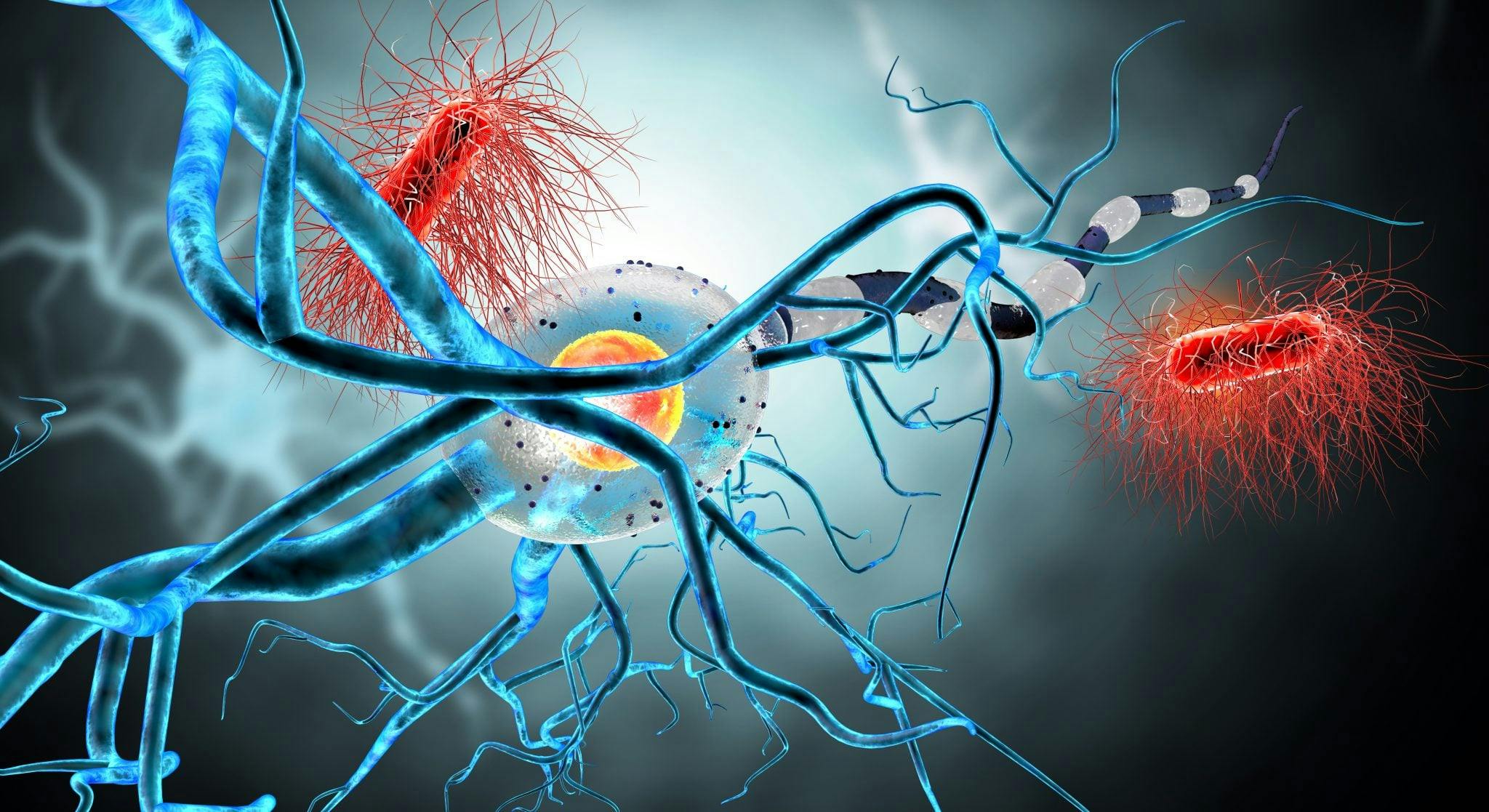
2024-07-12T16:54:51
Sunscreen Travel Tips
- Dermatology
June 6, 2017 | Neurology • Sleep Medicine

Your brain cells communicate via electrical impulses, even while you sleep. Interruptions to these impulses can cause several problems in the brain. In order to diagnose the condition caused by these interruptions, your doctor will perform a test that detects electrical activity in the brain. This test is called an electroencephalogram, or an EEG.
During an EEG, electrodes made up of small discs and thin wires are attached to your scalp. These electrodes are able to detect tiny electrical charges that result from brain cell activity—these charges are amplified and projected as a graph on a computer screen or piece of paper. Your doctor will typically evaluate about 100 pages or computer screens of brain activity, looking for basic waveform, bursts of energy and responses to stimuli like flashing lights.
EEGs are used to evaluate several different types of brain disorders. These include:
EEGs may also be used to confirm brain death in someone in a persistent coma, or to help monitor blood flow in the brain during surgery.
The EEG is considered safe and has been used for many years, and it causes no noticeable discomfort. There’s no risk of electrical shock. An EEG can cause seizures in people with seizure disorders, but in some cases of epilepsy, a seizure is intentionally triggered. If there are any other risks in your individual case, your doctor will discuss these with you.
A few factors or prior conditions can interfere with EEG readings, however. These factors include:
Preparing for an EEG may require a few different steps, which can include:
If your doctor gives you directions about reducing sleep the night before the test, follow them. During the test itself, a few things to expect include:
From here, a specialist will interpret the results send them back to the doctor who ordered the EEG (if that’s not the same doctor who administered it). Your doctor may schedule an appointment to discuss the results. In these cases, try to bring along a friend or loved one—EEG results can be detailed, and absorbing all the information you’re given can be tough. Write down any questions you may have, and don’t be afraid to ask them.
“Electroencephalogram (EEG).” Johns Hopkins Medicine. http://www.hopkinsmedicine.org/healthlibrary/test_procedures/neurological/electroencephalogram_eeg_92,P07655/
“EEG (electroencephalogram).” The Mayo Clinic. http://www.mayoclinic.org/tests-procedures/eeg/basics/definition/prc-20014093
WRITTEN BY:
The Live Better Team


2024-07-12T16:54:51

2024-07-02T11:42:04

2024-07-01T13:49:28

2024-06-21T14:29:51
This information is not intended to replace the advice of a medical professional. You should always consult your doctor before making decisions about your health.